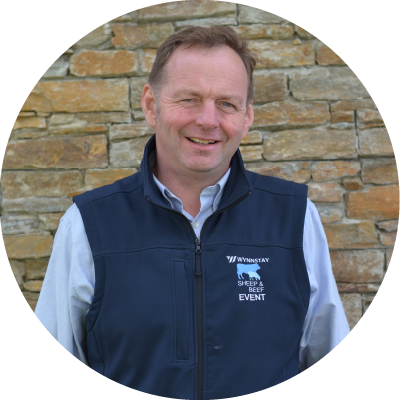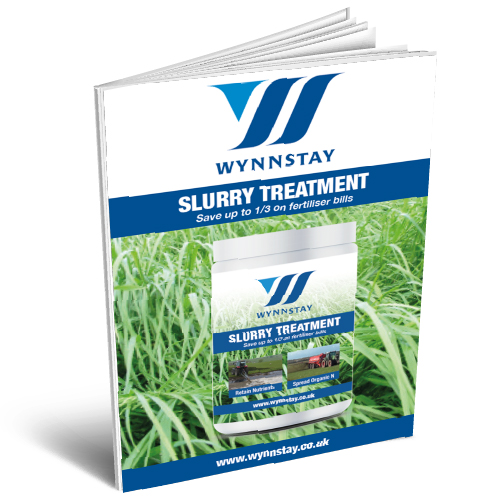The treatment of your slurry lagoons is highly important for any farmer. Incorporating a good management plan to oversee this process is just as important for the farmer manager to keep up with to ensure slurry is managed safely. Within the Wynnstay Slurry guide, we look at the 3 steps for the treatment of a slurry lagoon.
Step 1
Work out the quantity of slurry in the lagoon. Metric or imperial as desired.
Step 2
Once the amount of slurry is known then treat in the four corners of the lagoon. We recommend a double dose to start. If the lagoon is ½ - ¾ full then it will require a good stir before adding Slurry Treatment. A small amount of GENTLE agitation as the Slurry Treatment is added to the lagoon can be a benefit but only for 1 - 5 minutes. The reason for this is that the bacteria can become damaged upon prolonged agitation. Add Slurry Treatment under any crust present.
Step 3
Weekly applications should be then made where the slurry enters the lagoon, again making sure adequate Slurry Treatment is added for maximum performance, and gentle stirring is always an advantage to the aerobic bacteria.
Note: Slurry Treatment will reduce the crusting and create a homogenised and easy-to-handle slurry. It will increase the dry matter by about 3 – 5% and it will still be easy to pump. With the increase in dry matter, the quality of the nutrients also improves. This enables us to reduce fertiliser applications in some cases as much as 2/3rds. We then start to create healthier soils with increased microbial activity. Slurry Treatment also helps to create a slurry which is alkaline and we find less need to apply lime to the fields.













